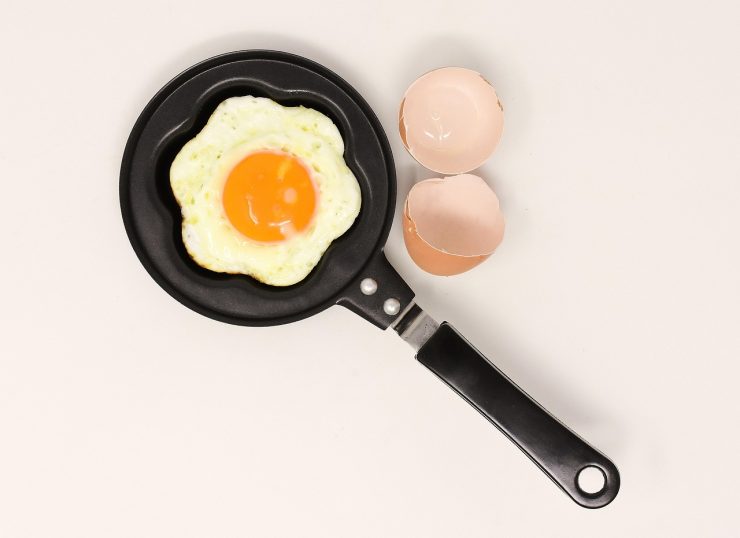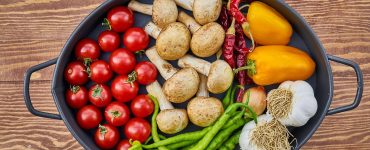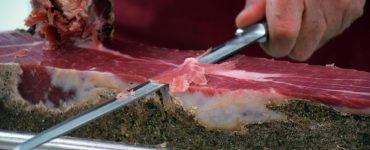Let’s Talk Teflon (and Why You Might Want to Ditch It)
For years, Teflon was the go-to nonstick coating for pots and pans. But here’s the thing—until 2013, Teflon was made with a chemical called PFOA (perfluorooctanoic acid). And that stuff? Not so great for your health.
We’re talking possible carcinogen, hormone disruptor, and reproductive toxin. Studies have linked PFOA to things like thyroid issues, kidney and liver disease, testicular cancer, infertility, and low birth weight in babies. Yikes.
Even more alarming: a health survey done back in 1999–2000 found PFOA in the blood of over 98% of participants. That’s almost everyone. Why? Because this chemical is crazy persistent. Once it’s in your body, or the soil, water, or air—it sticks around forever. And unfortunately, it’s even shown up in our drinking water, especially near manufacturing sites.
Now, while most of the harmful chemicals are burned off during the Teflon-making process, small amounts can still remain. And when a Teflon pan gets too hot? Those chemicals can vaporize right into the air—or leach into your food. Among them:
-
TFE (tetrafluoroethylene)
-
HFP (hexafluoropropylene)
-
PFIB (perfluorobutane)
-
CF4 (carbon tetrafluoride)
-
…and more you definitely don’t want floating around your kitchen.
Because of growing concerns, PFOA was phased out of Teflon production around 2013. Newer pans are made with PTFE instead (polytetrafluoroethylene), which is considered safer until it overheats—then it can also break down and release toxic fumes.
So what should you do?
If You’re Still Using Nonstick…
No judgment—we’ve all been there. But keep these tips in mind:
-
Toss scratched or peeling pans, especially if they were made before 2013.
-
Don’t crank the heat. Teflon breaks down at temps above 500°F (about 260°C). It happens fast—way faster than you think.
-
Stick to low-temp foods—like eggs or pancakes. Cooking meat? Go with a sturdier pan like cast iron or stainless steel.
-
Ventilate your kitchen while cooking.
-
Use soft utensils, like silicone or wood, and avoid the dishwasher. Hand-wash gently with a soft sponge.
But honestly? If you’re thinking about an upgrade, there are some amazing nonstick alternatives out there that don’t come with chemical risks.
Safer, Smarter Nonstick Options
1. Cast Iron (My personal fave)
Properly seasoned cast iron pans are basically nonstick, naturally. You can sear, fry, bake—whatever. They last forever and only get better with age. Downsides? They’re heavy, and you’ve gotta be careful with glass cooktops (ask me how I know…).
2. Ceramic-Coated Pans
These are made with a silica-based coating (like glass) and are safe, non-toxic, and fairly nonstick—though they can lose that slick surface if scratched. Popular brand: GreenPan.
3. Stainless Steel
A total workhorse. Great for high-heat cooking and super durable. Once you get the hang of heating it properly and using enough fat, even eggs won’t stick. High-quality brands like All-Clad can last a lifetime.
4. Hard-Anodized Aluminum
This is aluminum that’s been sealed so it won’t leach into your food. It’s safe, durable, and nonstick—but again, avoid scratching the surface. Once damaged, it can become reactive, especially with acidic foods.
5. Granite Cookware
No, it’s not actually made of granite. It just looks like it. These pans usually have a stainless-steel base and a porcelain enamel coating that’s nonstick and non-toxic. Kind of like ceramic, but with a different look and feel.
Bottom Line?
If you’re still using Teflon, make sure your pan is newer, not scratched up, and only used for low-temp cooking. But if you’re ready to switch, cast iron and stainless steel are fantastic investments—and they’ll last practically forever.
Whatever you cook with, just be mindful of temperature, materials, and keeping things in good shape. Your food—and your health—will thank you.
Bon appétit! Let me know if you want a quick guide to seasoning cast iron or shopping for safer pans—I’ve got you covered.











